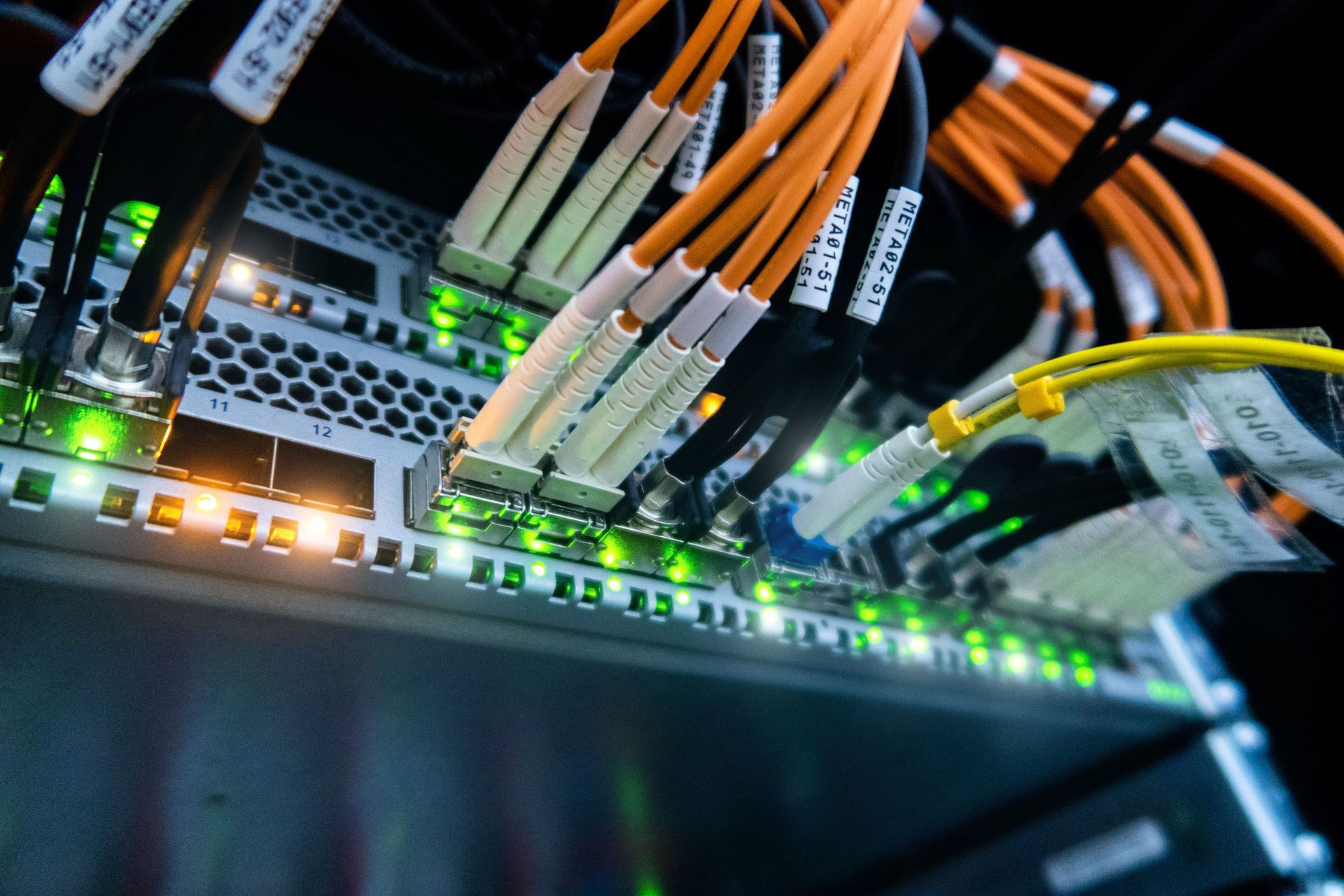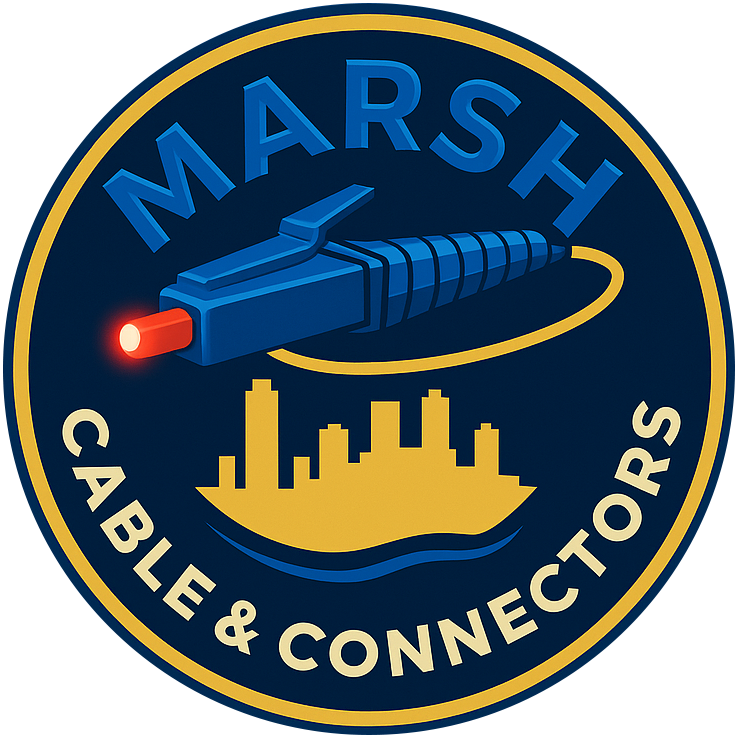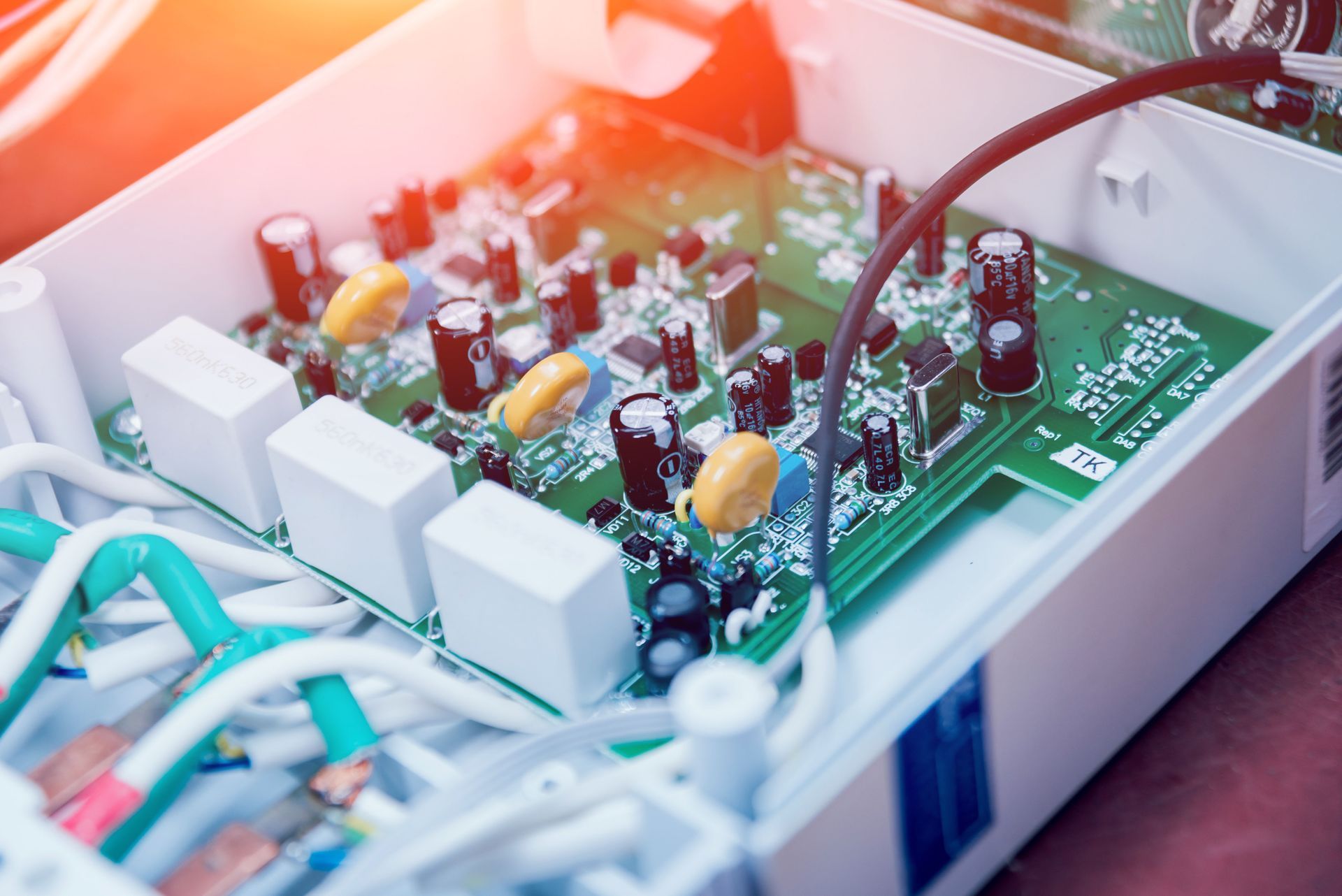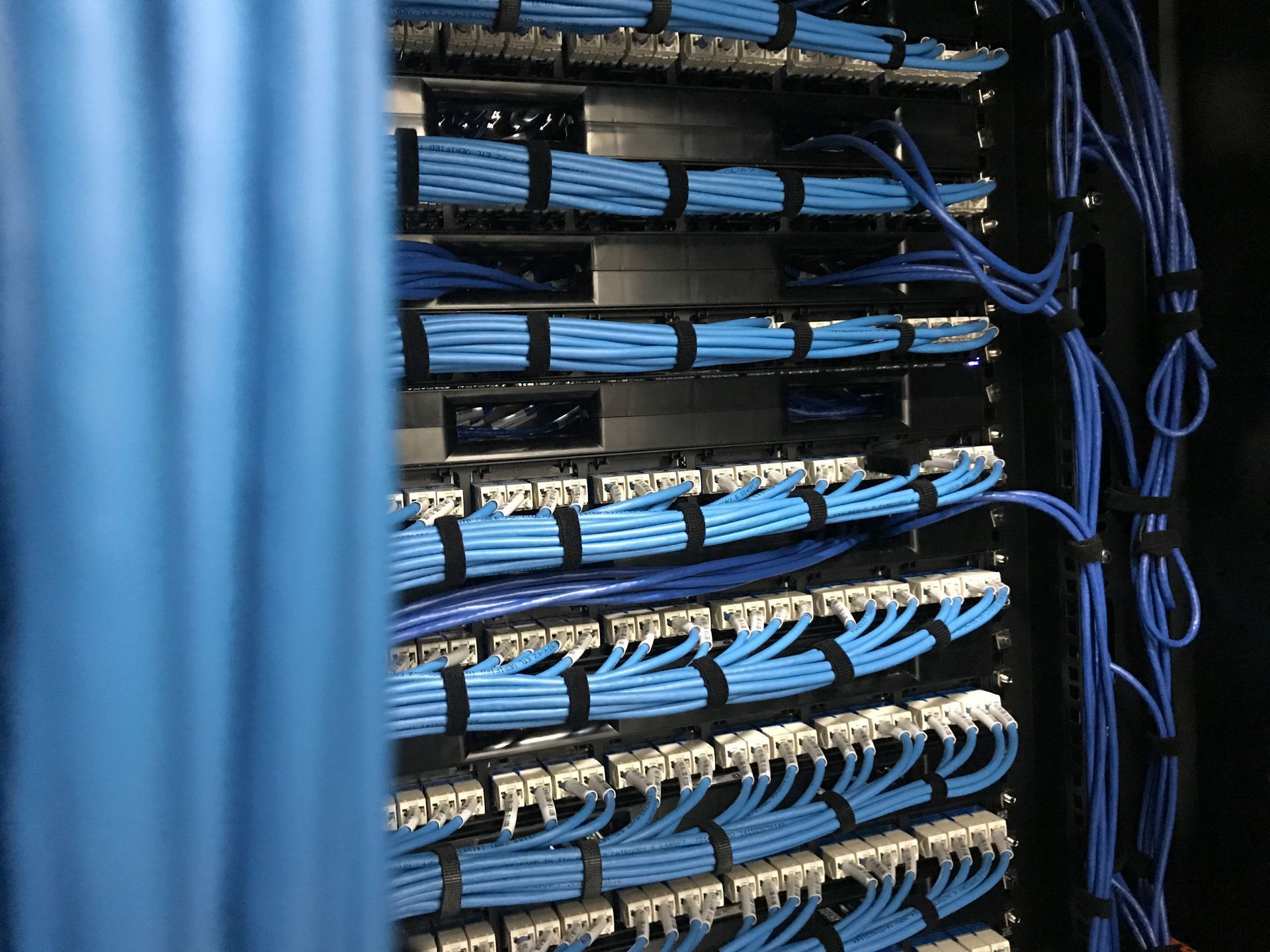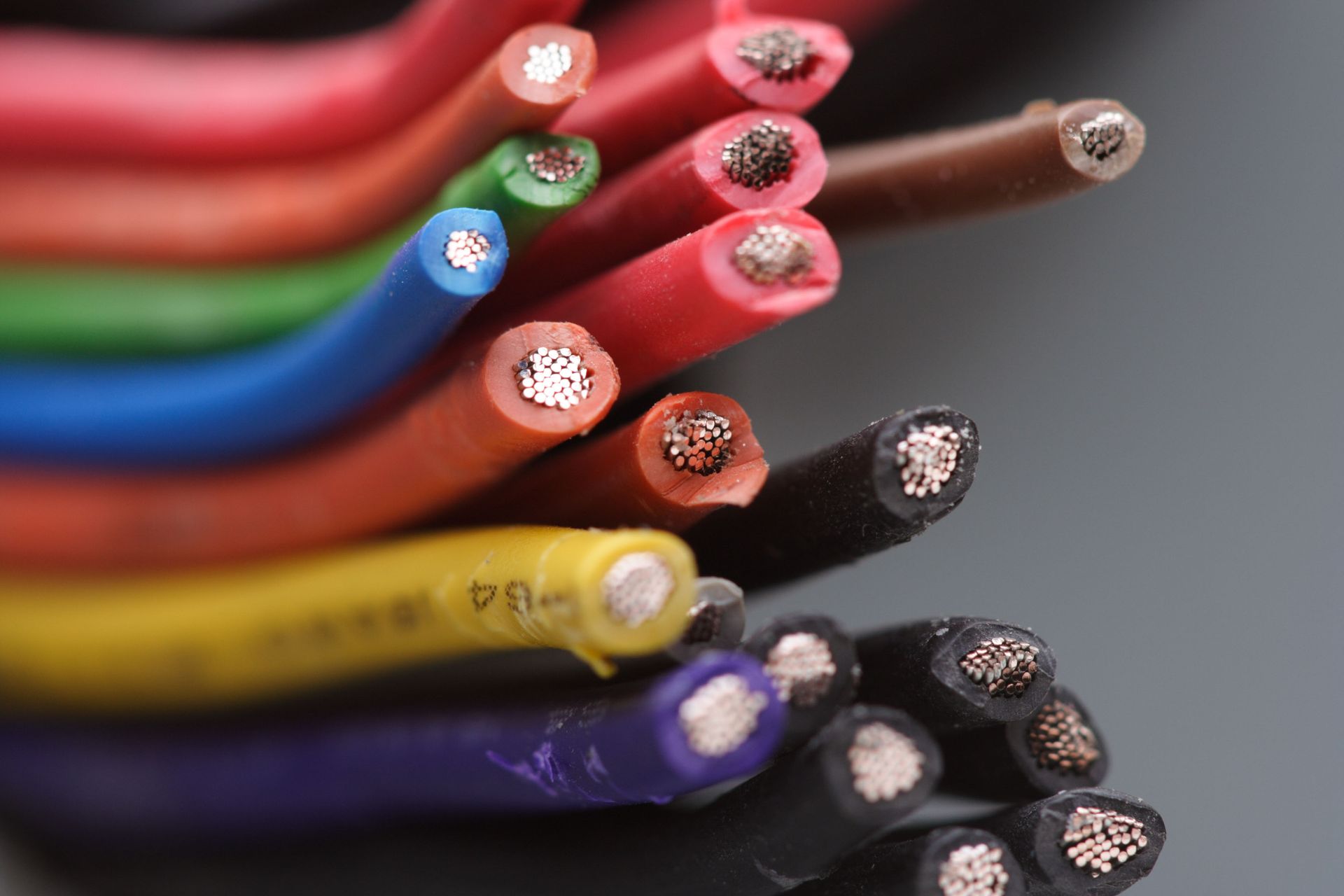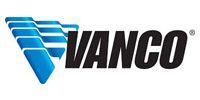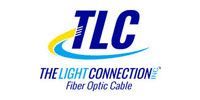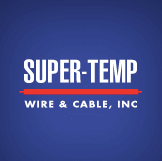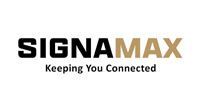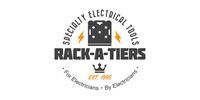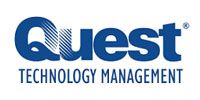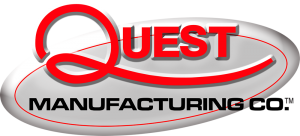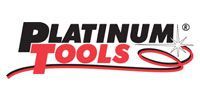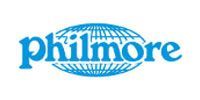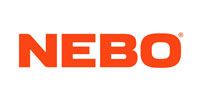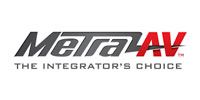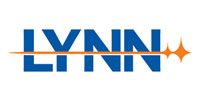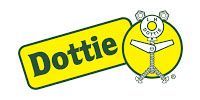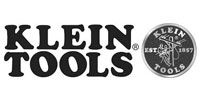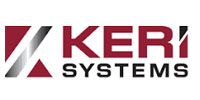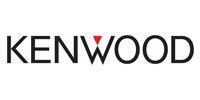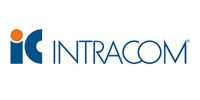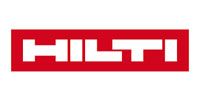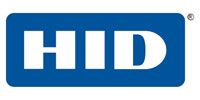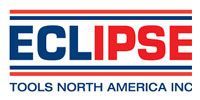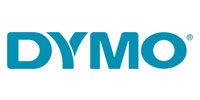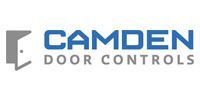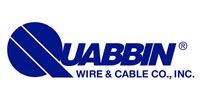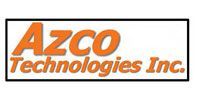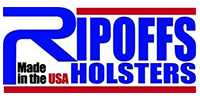October 8, 2025
In today’s fast-paced digital environment, ensuring your network infrastructure operates efficiently is critical for both business and personal environments. Properly managing network supplies can make the difference between smooth operations and costly downtime. Many organizations underestimate the importance of the small components that keep networks running, such as cables, connectors, and patch panels. By implementing simple, practical strategies, you can maximize the performance of your supplies and ensure your systems run reliably, supporting productivity and security across the board. Taking proactive steps today can prevent future headaches and ensure your network is always ready to support critical operations.
Organize for Easy Access
Keeping your network supplies organized is the first step toward improving performance. When cables, connectors, and other essential components are neatly stored, it reduces the time spent searching for items during troubleshooting or upgrades. Using labeled bins, shelves, or color-coded systems allows for a more structured approach, preventing confusion and accidental errors. An organized system allows for quicker replacements and maintenance, minimizing network disruptions and improving overall efficiency. Additionally, maintaining a clear layout of your network room or storage area reduces the risk of physical accidents, such as tripping over loose cables, which can also damage your supplies.
Cables and connectors are subject to physical wear over time. Frequent bending, stretching, or exposure to environmental factors can degrade these components, affecting network stability. Regular inspections can identify damaged or degraded components before they lead to network failures. By checking for frayed cables, loose connectors, or corrosion, you can proactively replace items before they cause major problems. Implementing a formal inspection schedule ensures consistency, giving your team a routine to follow and reducing the chances that small issues escalate. Addressing these issues early can prevent unexpected downtime and save the costs associated with emergency repairs, keeping your network running smoothly and reliably.
Use Quality Components
Investing in high-quality network supplies can significantly improve network reliability. Low-quality or incompatible components may cause signal loss, connectivity issues, or frequent failures. Choosing components from reputable suppliers ensures durability and consistent performance. While it may be tempting to save money with cheaper alternatives, the long-term costs of replacements, downtime, and troubleshooting often outweigh the initial savings. Using quality components also ensures better compatibility with existing systems, reducing the risk of hardware conflicts. By selecting reliable supplies, you ensure consistent network performance, reduce troubleshooting time, and protect sensitive data from disruptions caused by faulty components.
Labeling your supplies is a simple yet highly effective strategy to improve efficiency and prevent errors. Proper labeling allows technicians to quickly identify cables, ports, and devices, which speeds up maintenance and troubleshooting. In larger networks, where hundreds of cables may run through server rooms, labeling prevents confusion and reduces the risk of accidental disconnections. Consistently applying a labeling system can also streamline upgrades, making it easier to integrate new components without interrupting existing connections. Labels can include not only identification numbers but also installation dates or device specifications, providing even more context for efficient management. Ultimately, this practice enhances operational efficiency and reduces the risk of costly mistakes.
Implement Cabling Solutions
Structured cabling systematically organizes network supplies, reducing clutter and potential signal interference. By planning the layout and routing of cables, you create a more reliable and scalable network infrastructure. Structured cabling ensures that connections are predictable, accessible, and ready for future expansion. For businesses that anticipate growth, this approach simplifies the integration of additional devices and reduces the risk of tangled or misconnected cables. Properly labeled and bundled structured cabling also improves airflow and cooling in server rooms, preventing heat-related failures. By investing in structured cabling, you enhance both the performance and longevity of your network infrastructure, making it easier to maintain and upgrade over time.
Proactively monitoring your supplies can help detect potential issues before they escalate into major problems. Tools and software can track the performance of cables, switches, and connectors, identifying anomalies such as signal degradation or intermittent connectivity. Monitoring also allows network administrators to anticipate failures and plan timely replacements. According to Scoop.Market.Us, the estimated average cost of addressing a physical security breach is approximately $100,000, highlighting the critical need to maintain both network performance and security. By actively monitoring your current supplies, you can detect unusual activity or degradation early, schedule maintenance without disruption, and prevent costly downtime. This also provides valuable data for predicting when supplies will need replacement or upgrades, helping your network stay ahead of potential issues.
Maintain Proper Environmental Conditions
Environmental factors such as temperature, humidity, dust, and exposure to sunlight can impact the performance of network supplies. Extreme temperatures can degrade cables, while high humidity can lead to corrosion in connectors and equipment. Ensuring that your network environment is clean, controlled, and properly ventilated prevents premature wear and component failure. Using dust covers, air filtration, and climate control measures helps protect sensitive supplies. Implementing preventive measures like monitoring room temperature and humidity, and ensuring adequate ventilation, can significantly extend the lifespan of your backup supplies. Proper environmental control not only extends the lifespan of network components but also supports consistent network operation, reducing the need for frequent maintenance and unplanned repairs.
Staff knowledge is crucial for maximizing the performance of network supplies. Even the best equipment can fail if handled incorrectly. Training personnel on proper handling, installation, and maintenance reduces the risk of damage and operational errors. Well-informed staff can quickly respond to issues, implement upgrades correctly, and follow safety protocols to protect both equipment and data. Training can include best practices for cable management, safe storage of connectors, and proper testing of network performance after changes. In addition, continuous training ensures that employees stay up to date on best practices, which improves the overall reliability and efficiency of the network and empowers your team to maintain high standards.
Scheduling regular maintenance and timely upgrades ensures supplies remain functional and efficient. Outdated or worn components can slow down network performance or create security vulnerabilities. Routine checks allow you to identify underperforming cables, aging connectors, or devices that no longer meet current standards. By planning upgrades strategically, you can integrate new technologies without interrupting existing operations. Regularly reviewing your supplies against industry standards and emerging technologies ensures your infrastructure remains competitive and efficient. This proactive approach helps maintain optimal network operation, prevents costly downtime, and ensures your infrastructure can meet future demands without unexpected interruptions.
Document Supplies for Better Management
Maintaining thorough documentation of all of your supplies aids in efficient management and troubleshooting. A detailed inventory of cables, connectors, devices, and their specifications allows for easier replacements and future upgrades. Documentation can include information about installation dates, expected lifespan, and maintenance history, providing a complete picture of your network’s health. Proper documentation reduces the chances of errors, simplifies training for new staff, and enhances overall network reliability. Additionally, having accurate records supports strategic planning and budgeting for future network investments. Detailed documentation can also help during audits or compliance checks, providing clear evidence of well-maintained network infrastructure.
Maximizing the performance of your network supplies doesn’t have to be complicated. By organizing, inspecting, labeling, and monitoring components, you can maintain a reliable and efficient network. Maintaining proper environmental conditions, training staff, scheduling regular maintenance, and documenting your supplies further strengthen network operations. Investing time and effort into these strategies can prevent costly issues, ensure smooth performance, and protect sensitive data. For businesses seeking high-quality network components, Marsh Cable & Connectors, Inc offers reliable supplies that support these best practices and help achieve optimal network performance.
